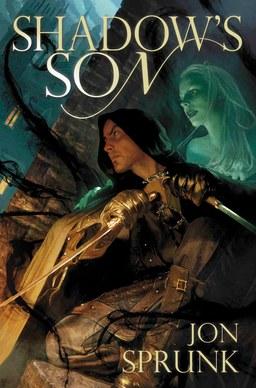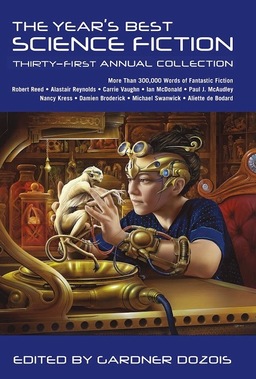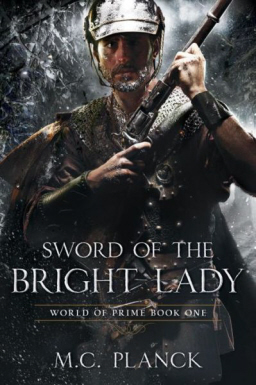Writing a Fantasy Series
 The fantasy genre loves series (especially trilogies.) As a fantasy reader, I love them, too.
The fantasy genre loves series (especially trilogies.) As a fantasy reader, I love them, too.
However, my first published novel, Shadow’s Son, was originally written as a stand-alone. I suppose I had an idea that publishers would be more inclined to take a chance on a single book from an unknown writer, so I was shocked when my agent came back with a deal for a three-book series that would become the Shadow Saga. I’m not ashamed to admit I was also a wee bit terrified.
How in the seven hells was I going to write a trilogy? I had never written anything longer than a single book before.
And each of the sequels has a contractually-agreed deadline? AND they want outlines for books two and three right away? Gulp.
Despite my trepidations, the adventure of reaching out into unknown territory was also thrilling, so I dove in head-first. What was the big deal, right? Writing a series is probably just like writing three separate books, isn’t it?
Well, yes and no.
My personal philosophy is that every novel must contain a complete story. That means my books each have their own plot that begins and ends within those pages. However, with a series there is also a series arc in play, another plot (super plot?) that starts in the first book and continues to develop through each subsequent novel to the very end.
 I saw two movies in the late afternoon and evening of the Sunday before last (the 27th). Both were documentaries. You’d think that the first one would have had the more obvious science-fiction content, being a biography of an actor who rose to fame playing a character on perhaps the best-known science-fiction TV show of all time — while the second film was an in-depth examination of what sounds like the most mundane substance in the world. This did not turn out to be the case. The old saying about truth, fiction, and strangeness applies.
I saw two movies in the late afternoon and evening of the Sunday before last (the 27th). Both were documentaries. You’d think that the first one would have had the more obvious science-fiction content, being a biography of an actor who rose to fame playing a character on perhaps the best-known science-fiction TV show of all time — while the second film was an in-depth examination of what sounds like the most mundane substance in the world. This did not turn out to be the case. The old saying about truth, fiction, and strangeness applies.


 There are a couple of things I’ve noticed in my Fantastia experience so far which I haven’t yet mentioned. The first is the general friendliness of people: the ease I’ve had in getting into conversations while in line for a film, or in the theatre waiting for a movie to start. I’ve met other writers, a programming director for a Mexican horror film festival (
There are a couple of things I’ve noticed in my Fantastia experience so far which I haven’t yet mentioned. The first is the general friendliness of people: the ease I’ve had in getting into conversations while in line for a film, or in the theatre waiting for a movie to start. I’ve met other writers, a programming director for a Mexican horror film festival (


 I’m going to do something a little different in this instalment of my diary of the Fantasia film festival: I’m going to write about two movies in the reverse order from which I saw them. I watched both on Saturday, July 26, and it so happened that the second one struck me as a perfectly fine movie of the sort of movie that it was, while the first seemed a little bit more.
I’m going to do something a little different in this instalment of my diary of the Fantasia film festival: I’m going to write about two movies in the reverse order from which I saw them. I watched both on Saturday, July 26, and it so happened that the second one struck me as a perfectly fine movie of the sort of movie that it was, while the first seemed a little bit more.